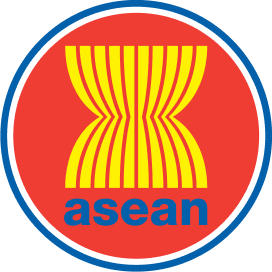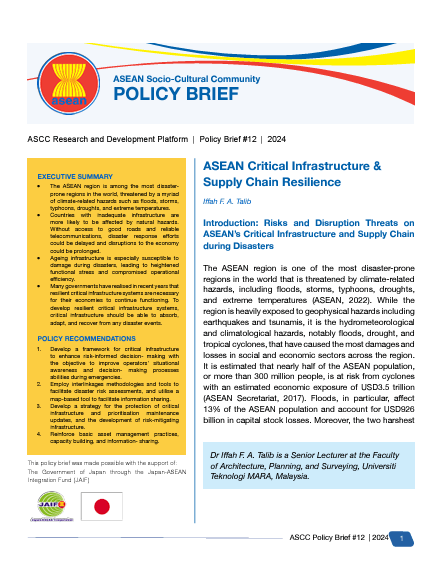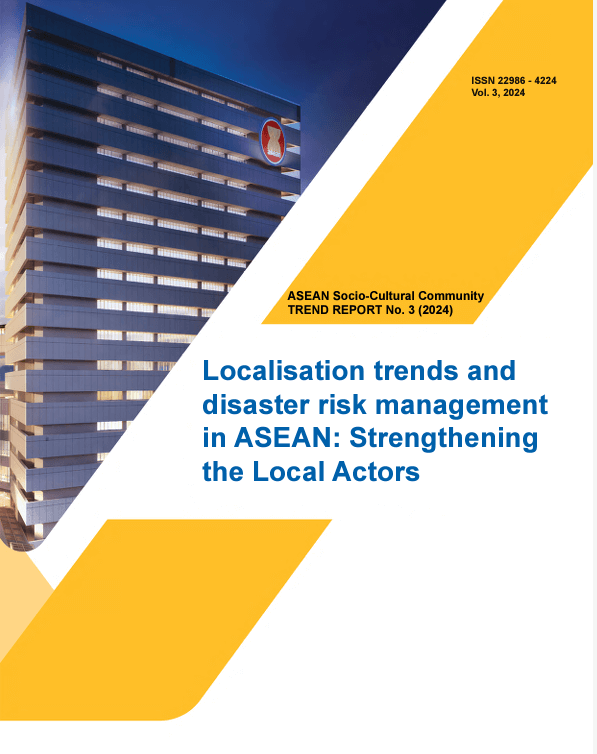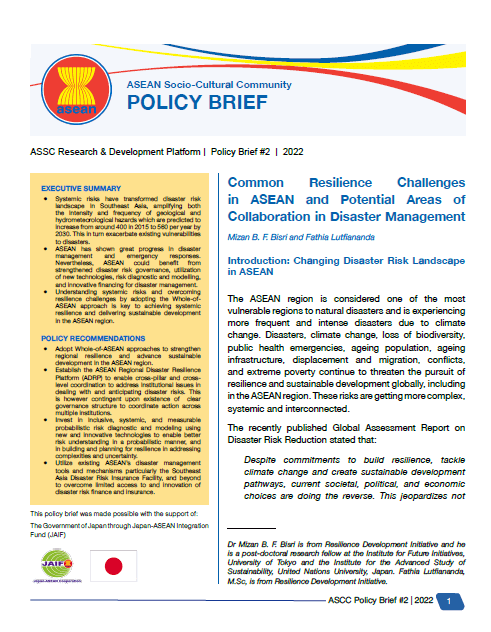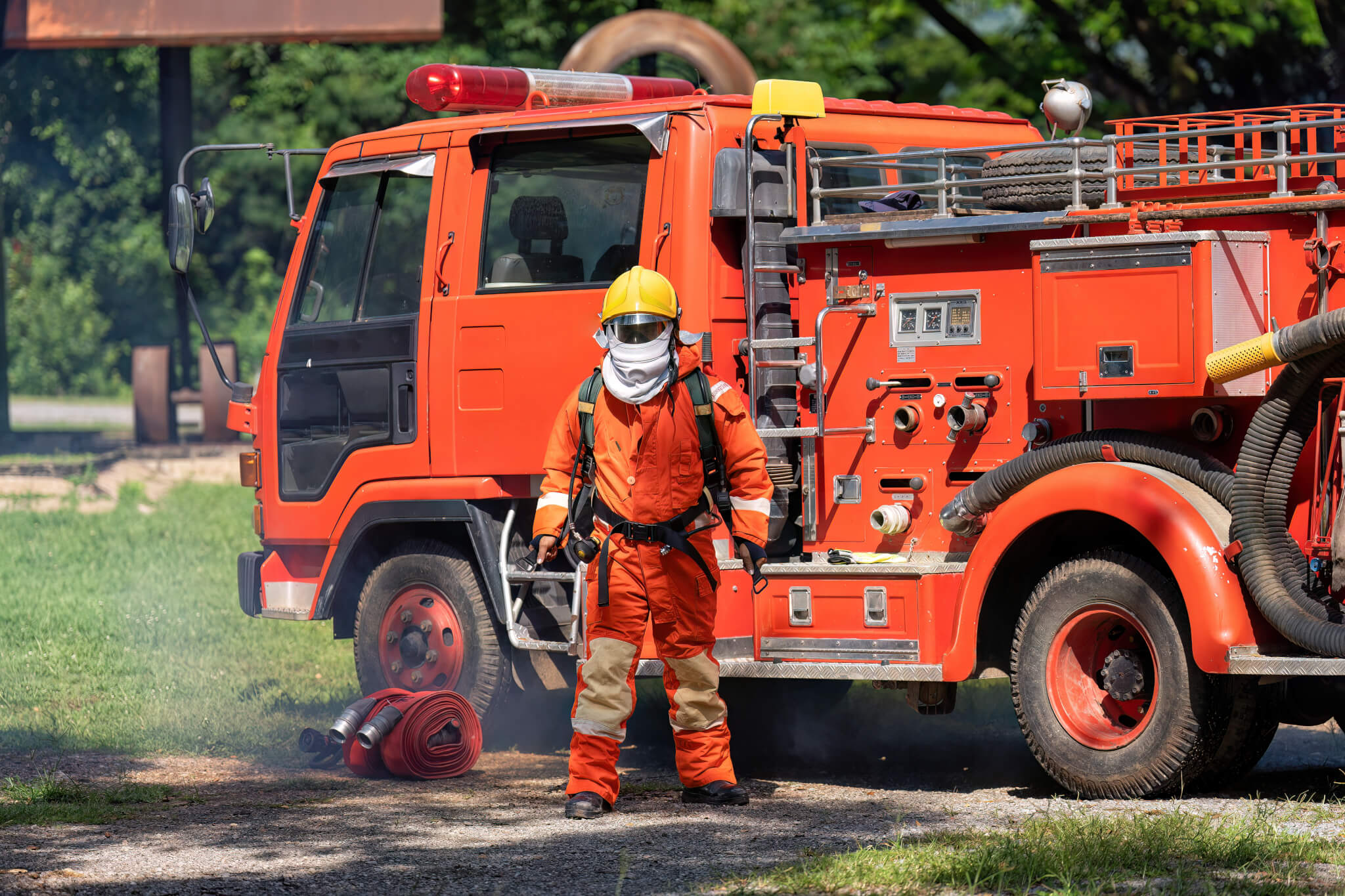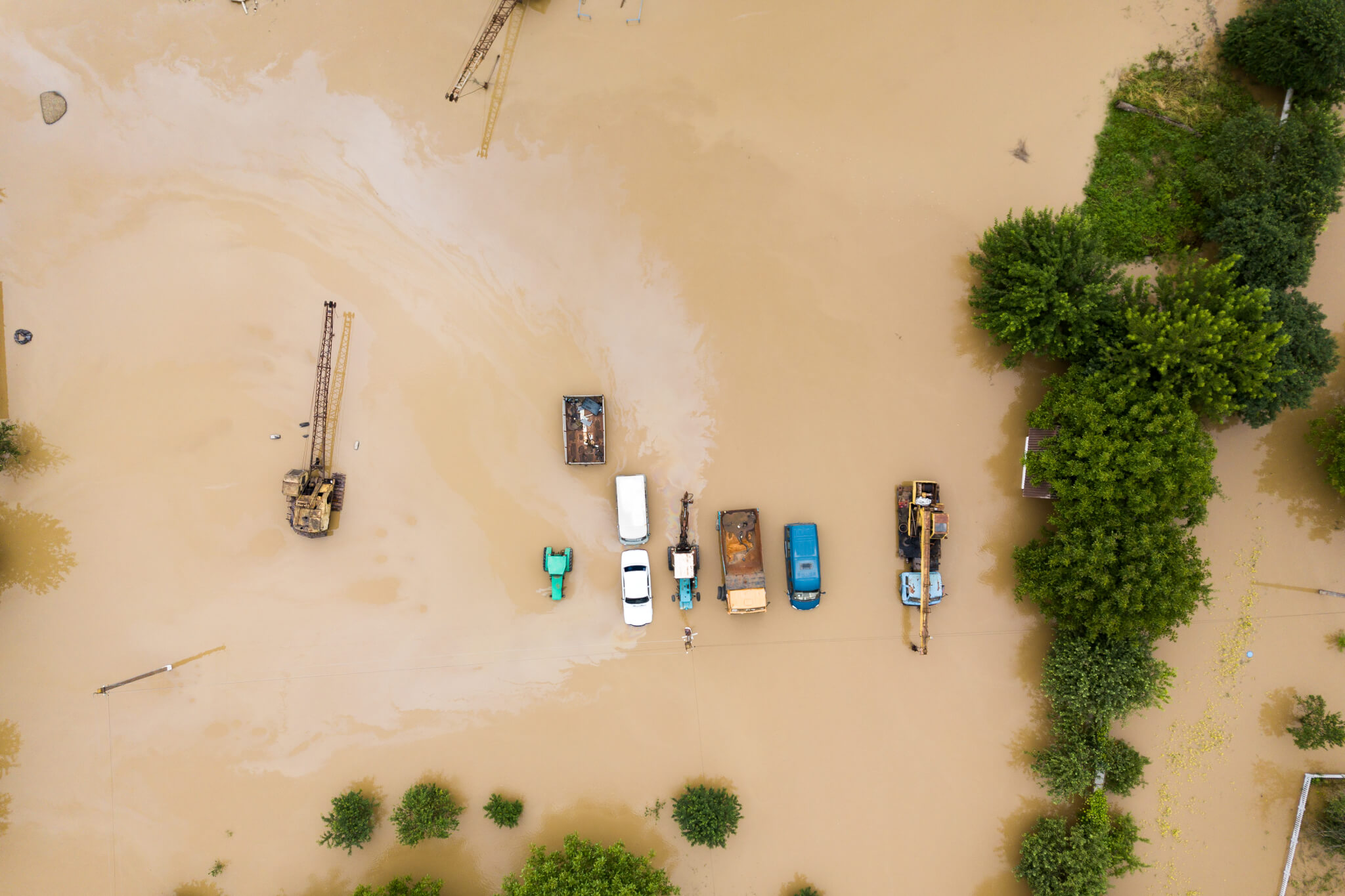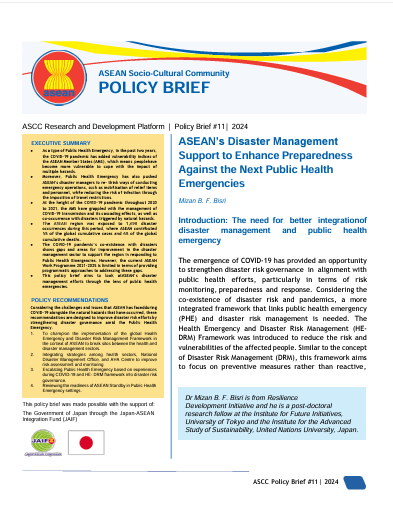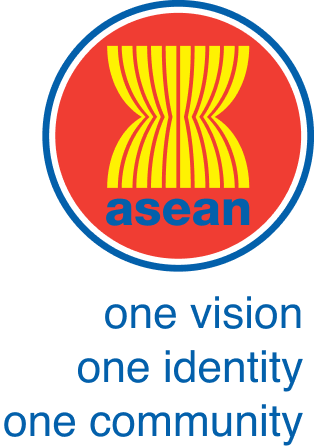Localisation of disaster management efforts
In ASEAN, localization becomes one of the guiding principles in AADMER Work Programme 2021-2025 as it aims to contribute in strengthening and leveraging the role of ASEAN Member States, both locally and nationally in leading national disaster management and emergency response. Localisation of disaster management efforts still face the challenge of limited funds allocation, most funds are still allocated to UN agencies, which then distribute them to NGOs. To address these challenges, ASEAN should play a role in standardizing national and local capacities, supporting local responders and community leadership, and optimizing funding schemes to benefit local actors. This requires collaboration among ASEAN Member States to leverage localization effectively in the region and ensure a more equitable humanitarian response.

